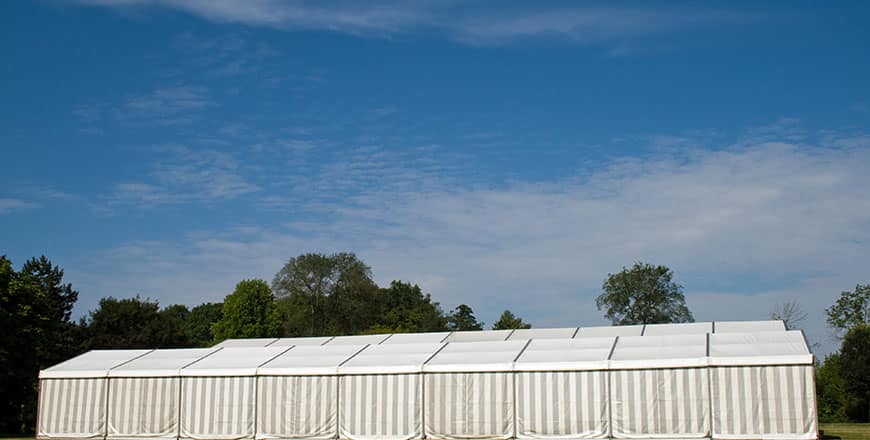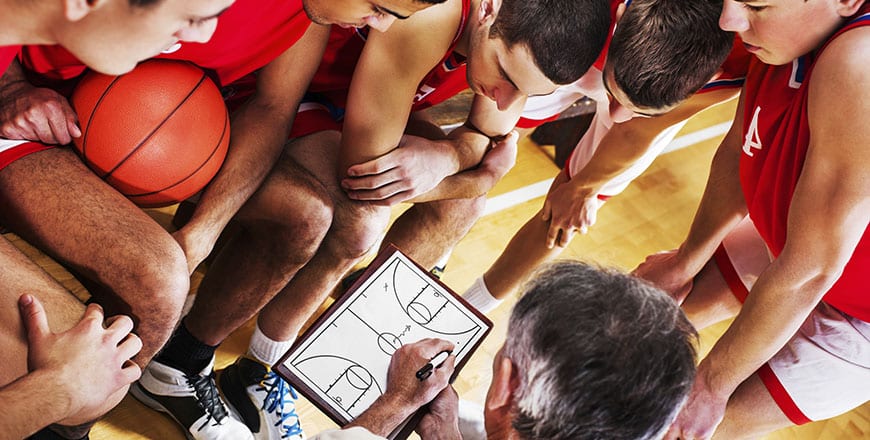While it might look like a difficult job, repairing your washer is sometimes easily doable, and allows you to avoid calling an expensive appliance repair service for help.
However, to do DIY washer repair at home, you must read the below mentioned useful tips before starting.
Washer Not Turning On
First of all, see if the washing machine is properly plugged in or not. This might seem obvious, many people end up calling a repair service without checking simple things like these, and end up paying for basically nothing. Plug if the washer can become loose because of many reasons.
However, in many cases, this might not be the problem. If this is the case with you as well, you should move on to the next step.
See If The Breakers Are On
If you’ve done the first step but the washing machine still doesn’t seem to work, then you should try inspecting your house’s electrical box to see if any breaker has tripped or a fuse has blown away.
If you have a basic know-how of replacing blown fuses, you can replace one easily, same goes for tripped breakers. However, if the issue happens again and again, you should seek help from an experienced appliance technician to detect the actual problem.
However, if the washer still won’t work after replacing fuses and turning on the breakers, you should check the lid button. Yes, many modern appliances now come with lid buttons for added safety. These switches are a mechanical part of your appliance, and are prone to breaking as well, in which case you can replace them easily. If the lid switch of your washer stops working because it’s too dirty, you can clean it with the help of a cotton swab soaked in alcohol.
Water Won’t Come Into The Washing Machine
After powering up your washer, the next thing needed for its proper functioning is water. Without water, you won’t be able to wash your dirty clothes. So, if water isn’t coming into the machine, you should check the valves. See if the water valves are open. There’ll be two water valves in your washer, one or red to indicate hot water, and the other one is blue to indicate cold water.
Even if you always use cold water to wash your clothes, some washers require that you have both the valves open. Unless you open both valves, the washer won’t start working.
If even after opening the values, you aren’t getting any water, there might be a clog in the water lines of your washer. If this seems to be the problem, you can unplug the washer, turn off the valves, unscrew the hoses and check to see if there’s any clog in the hoses. You might only need a good cleaning to get your appliance back to work.
You Can Hear Noises Coming Out Of Your Washer
This problem can happen if you ended up loading the washer improperly. So, whenever washing your clothes in the washer, remember to fill it in balance and never load only one side of the washer. However, more modern washers can make loud noises if they are overfilled. Making sure that you load the machine properly in order to avoid noises.
So, if you’re facing issues with noises, you can stop the machine right away to divide the weight evenly.
Moreover, your washing machine can also start making noises if there’s something stuck in the drain, water inlet valves, or the drum. So, stop the machine and find the stuck item if it is making strange noises.
You should also check your clothes for anything extra before throwing them into the washer.
Your Washer Is Leaking
If you see water puddling in front of your washing machine when using it, you should first check the hoses for any leaks. Also, check if the valves have good connections with the hoses. You can also take a tissue paper and rub every hose with it to find any signs of dampness, tighten the hoses if they are loose from any point. Based on the condition of your hose, you might also need to replace it. Proper maintenance and checking of the washer help in avoiding any leaks in the long run. For bigger problems, call in a washer repair Northern VA service.
















